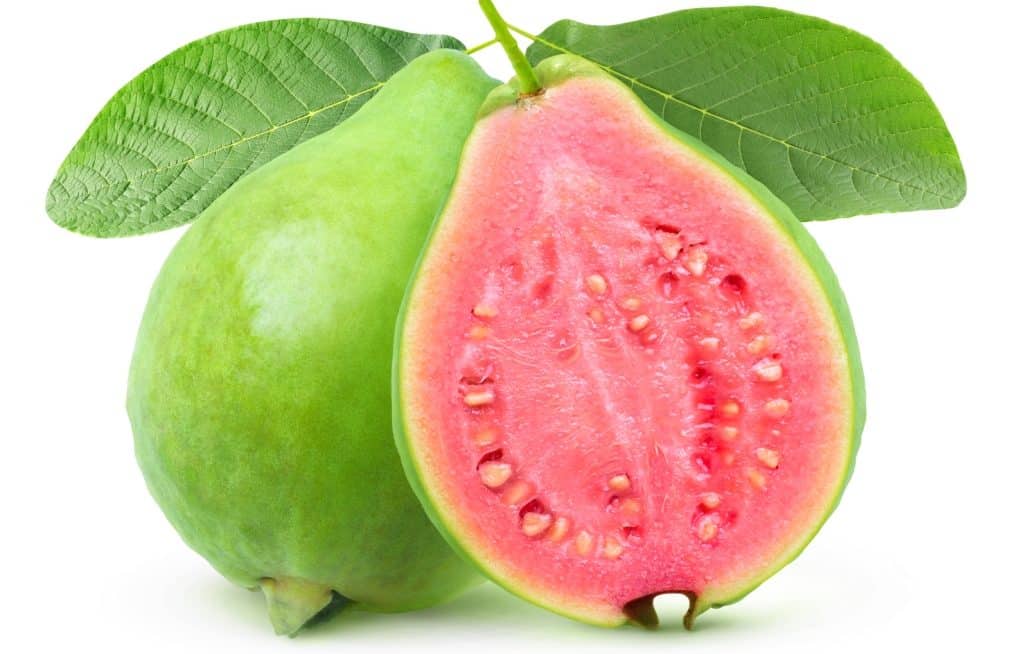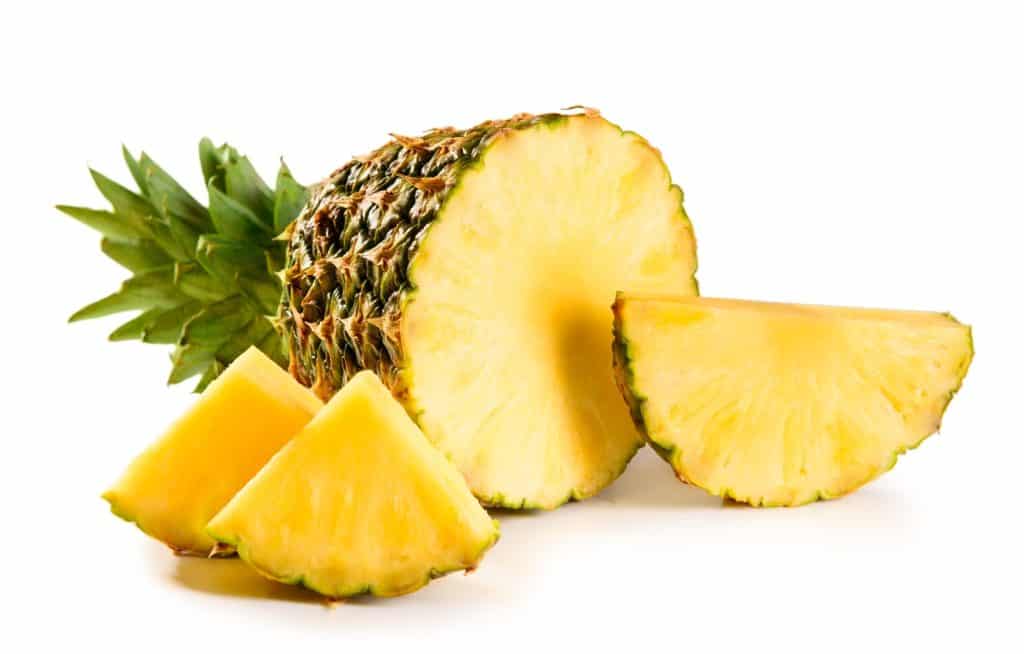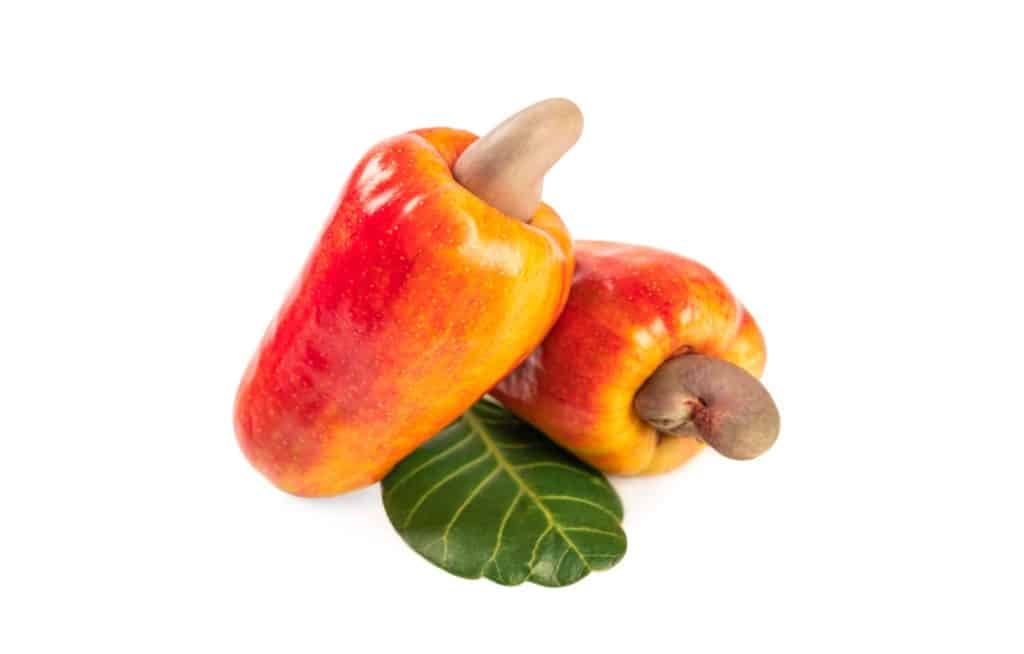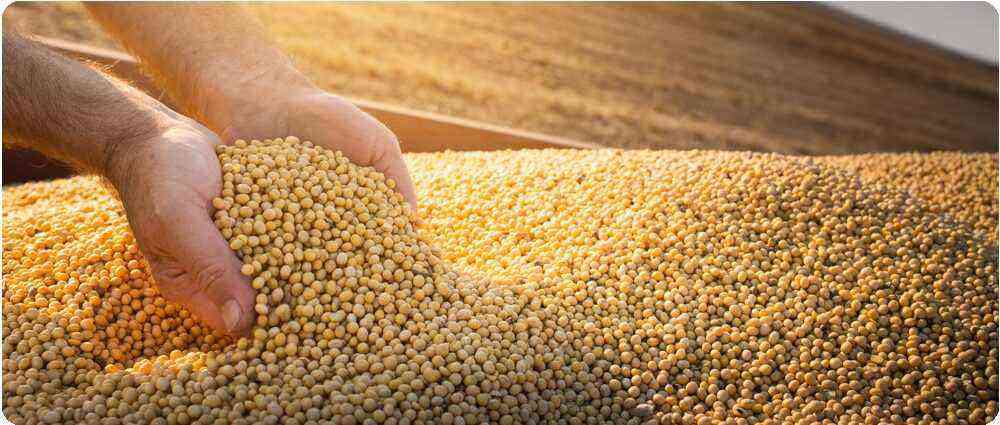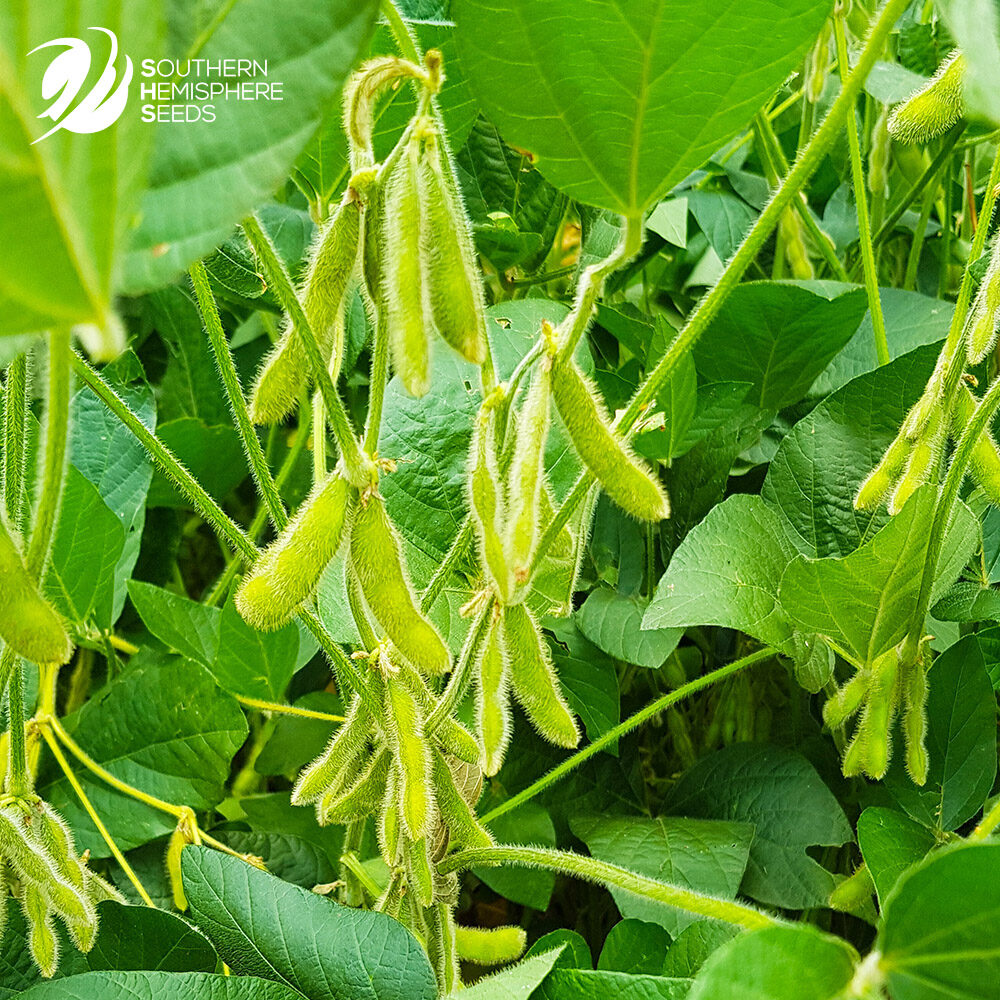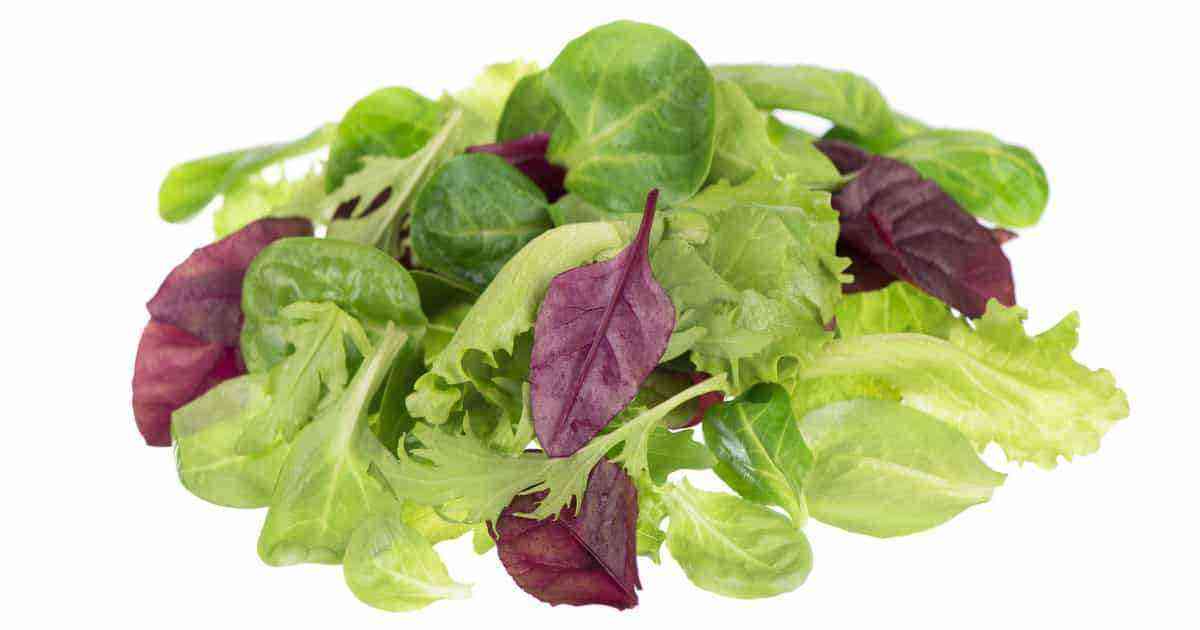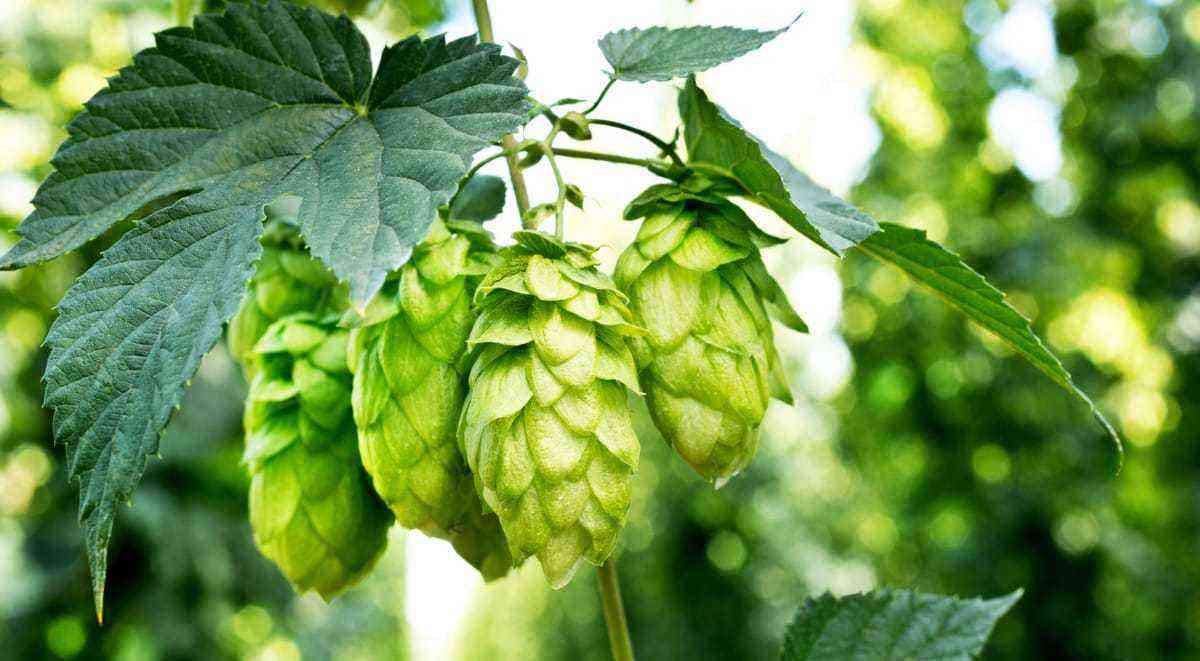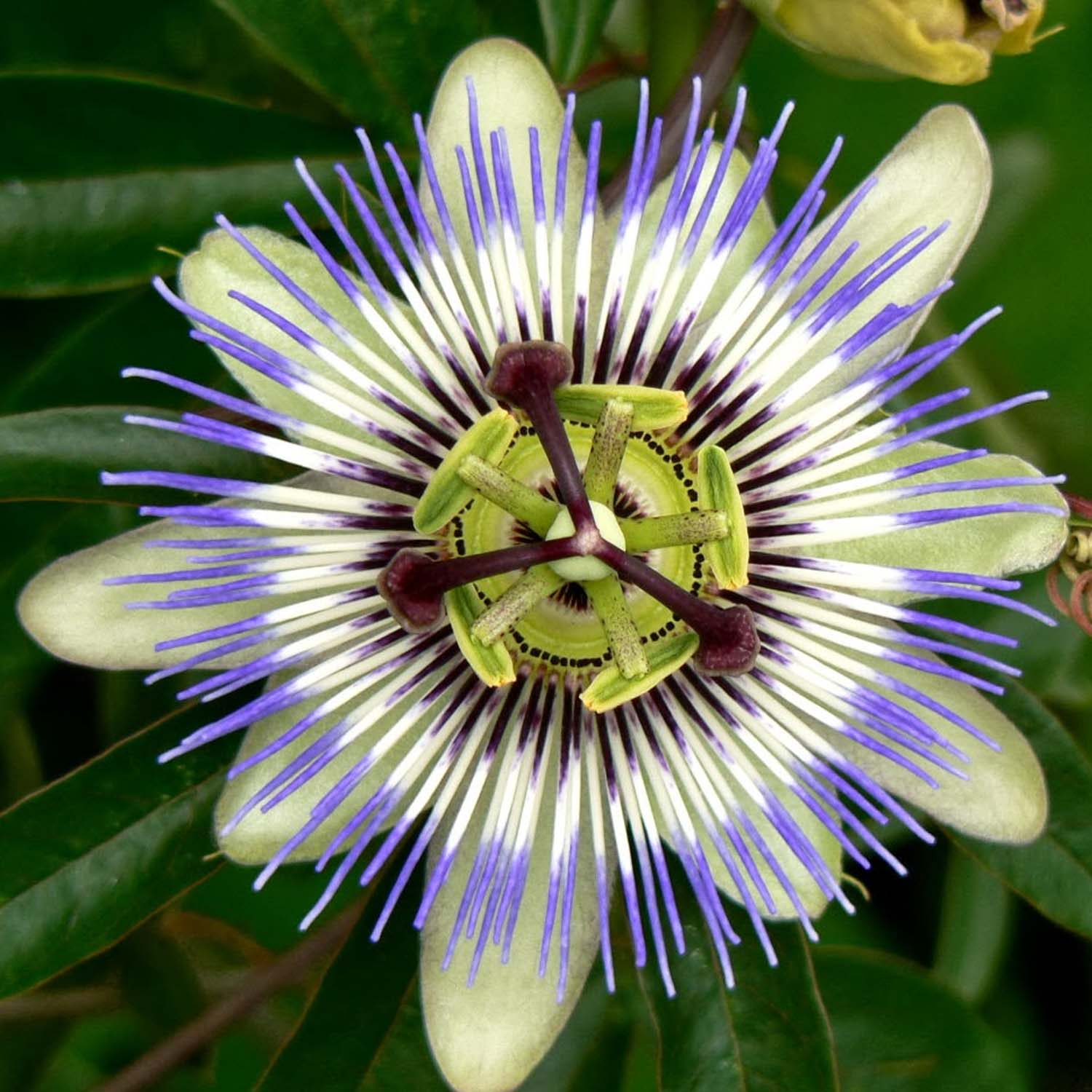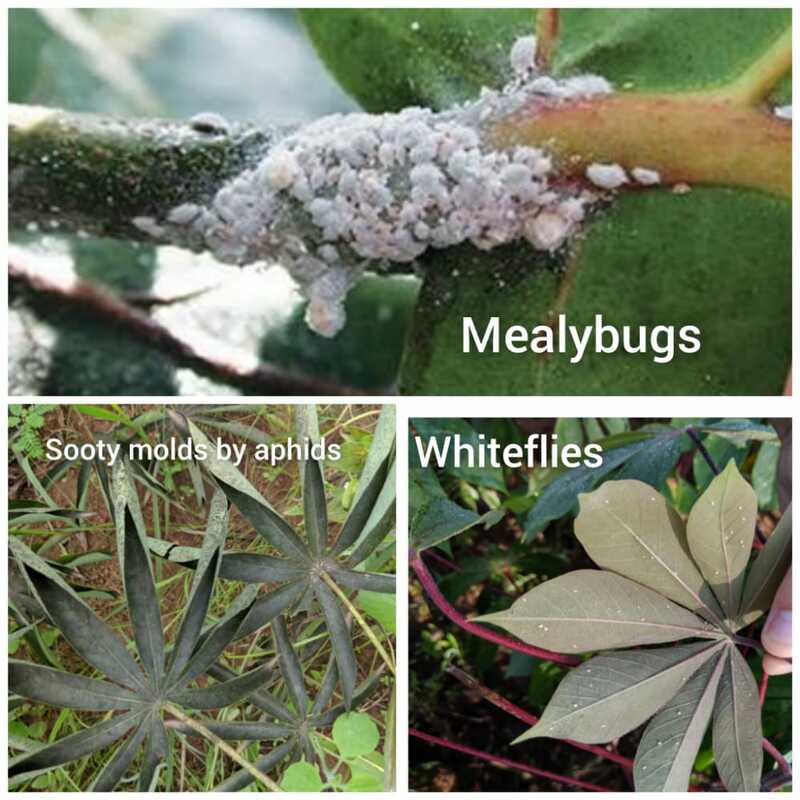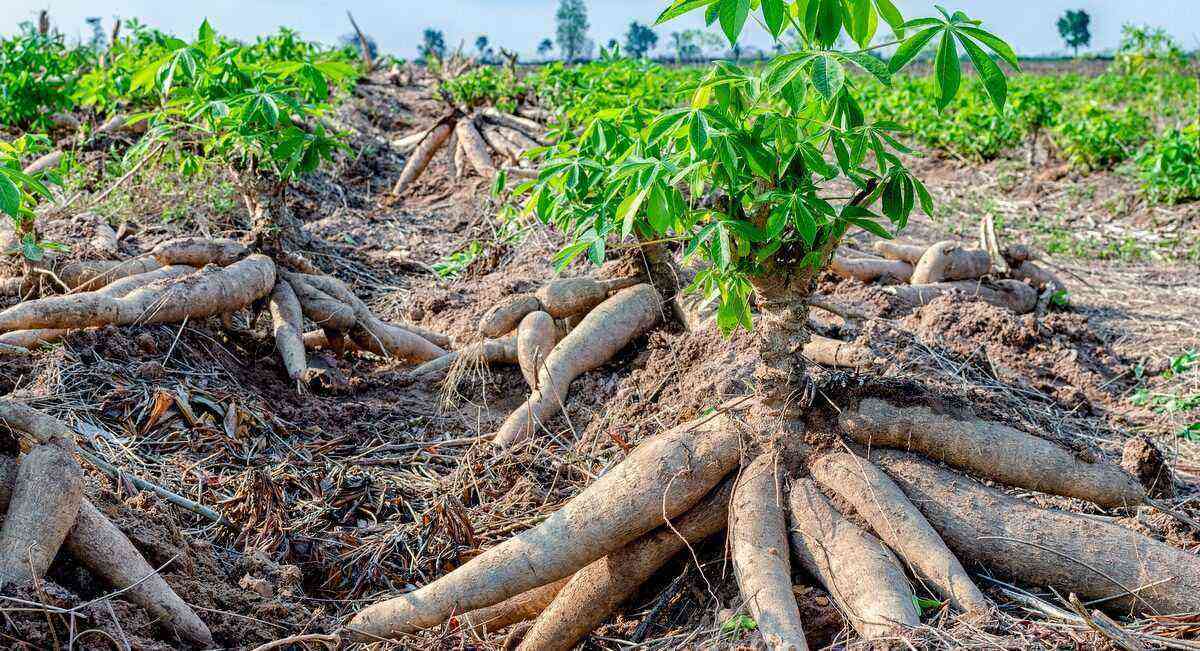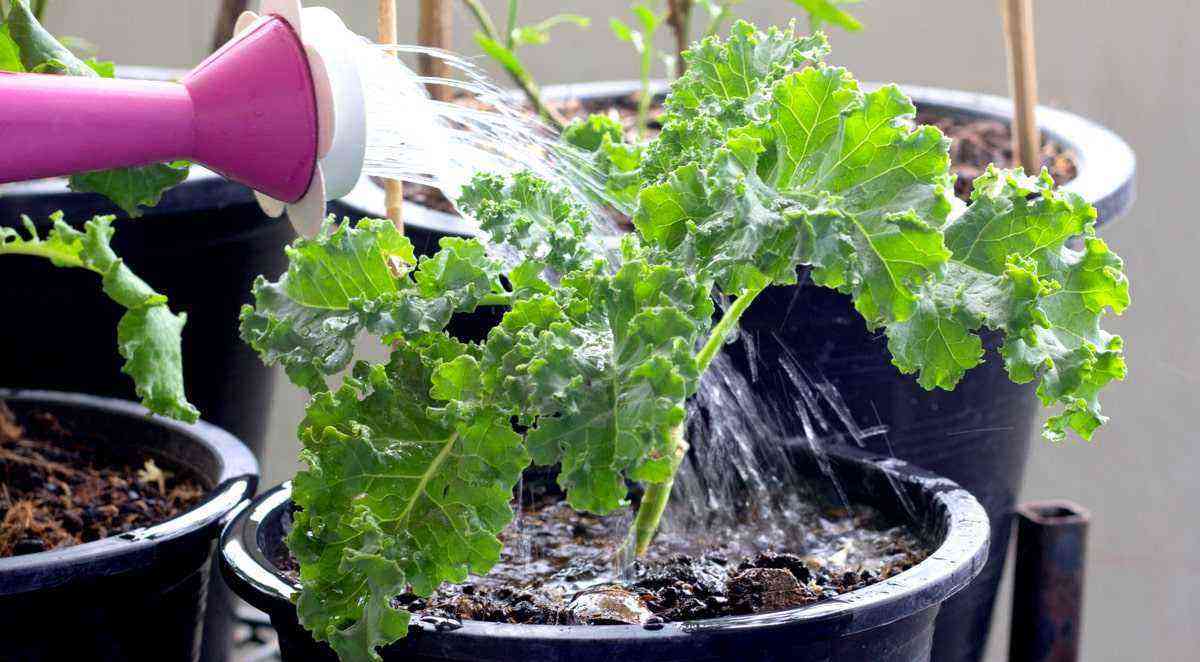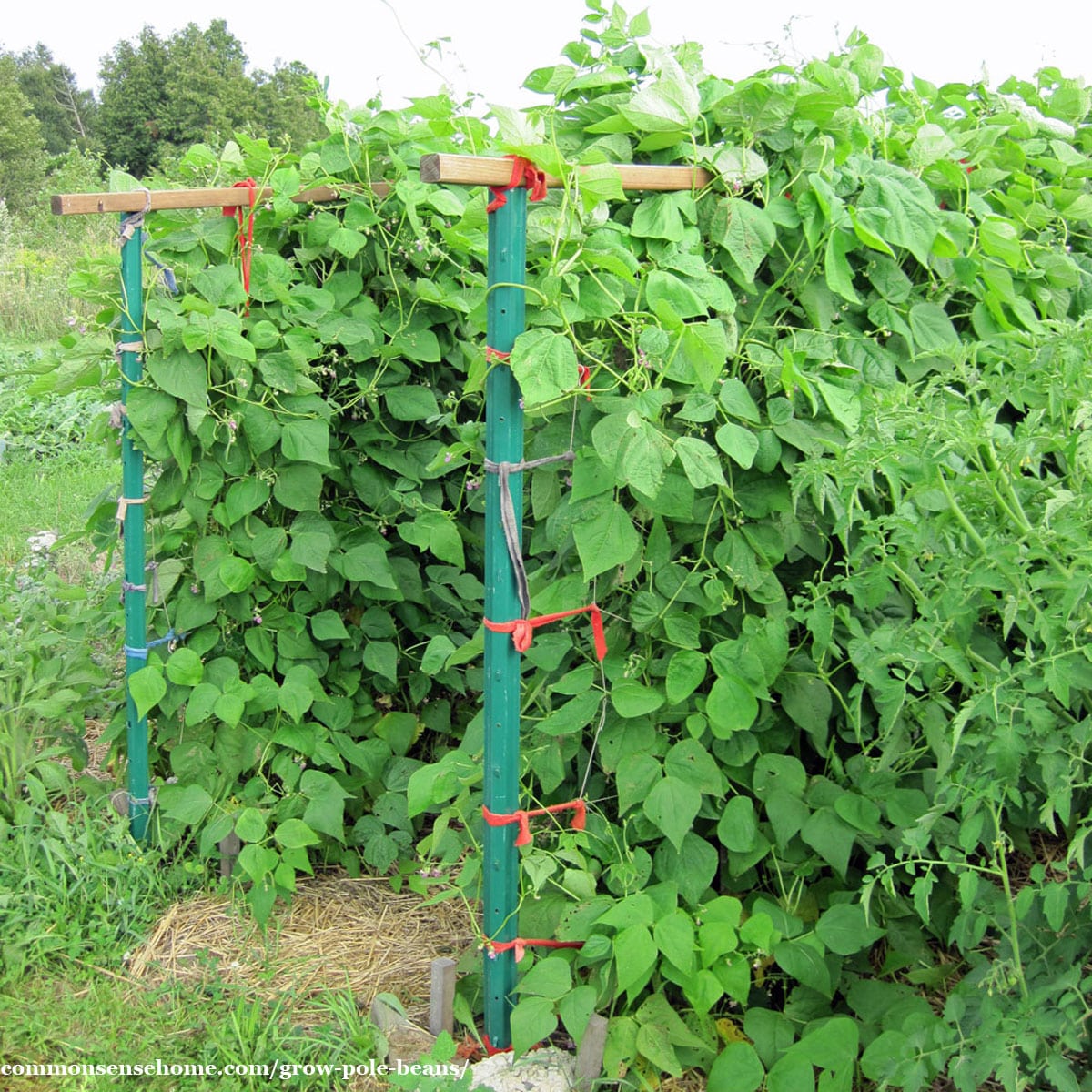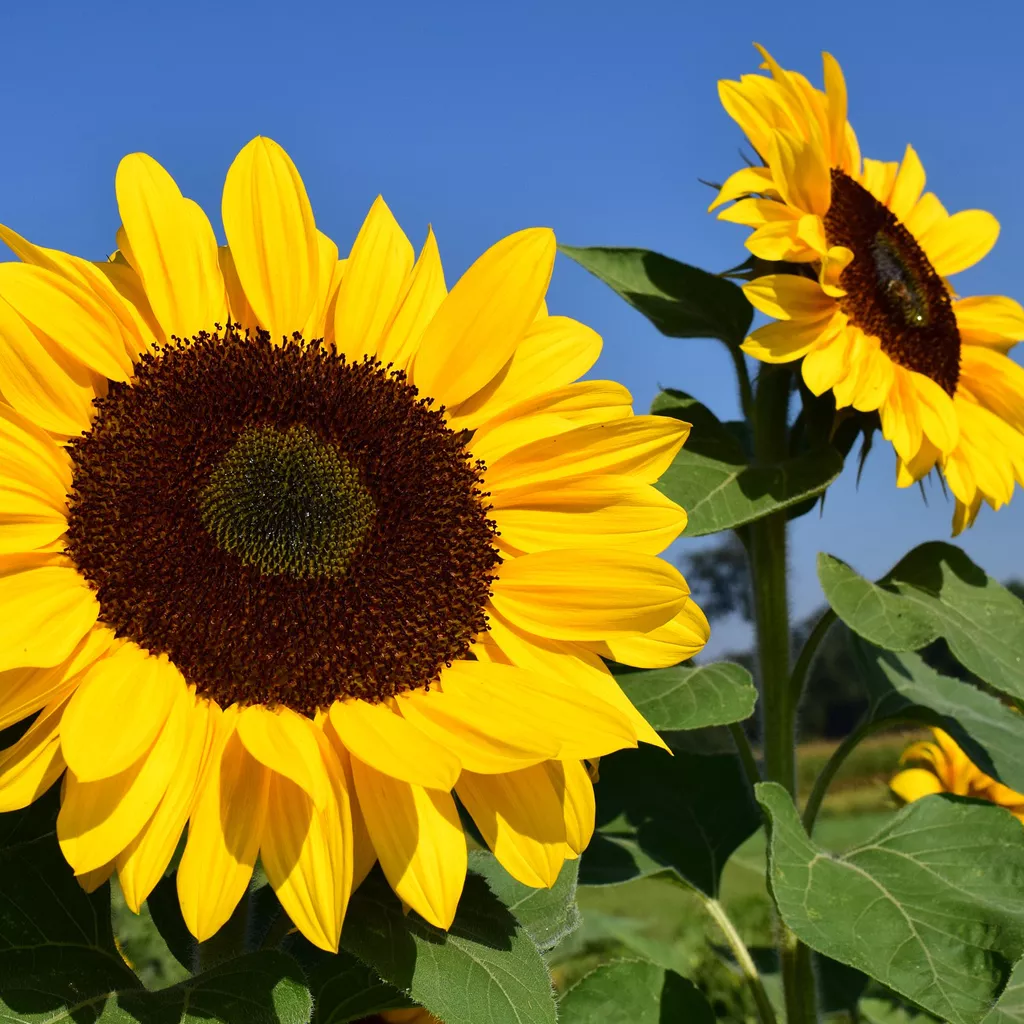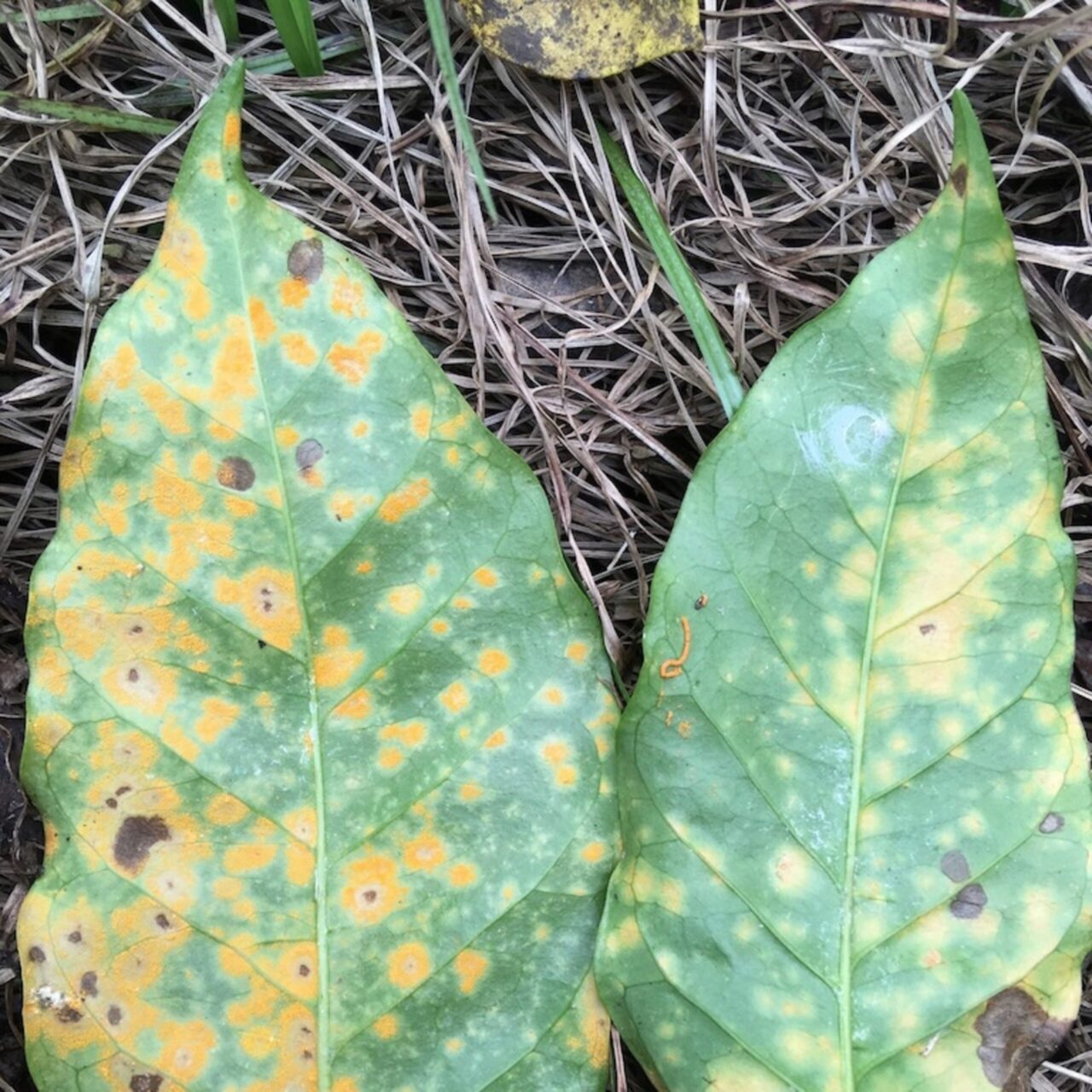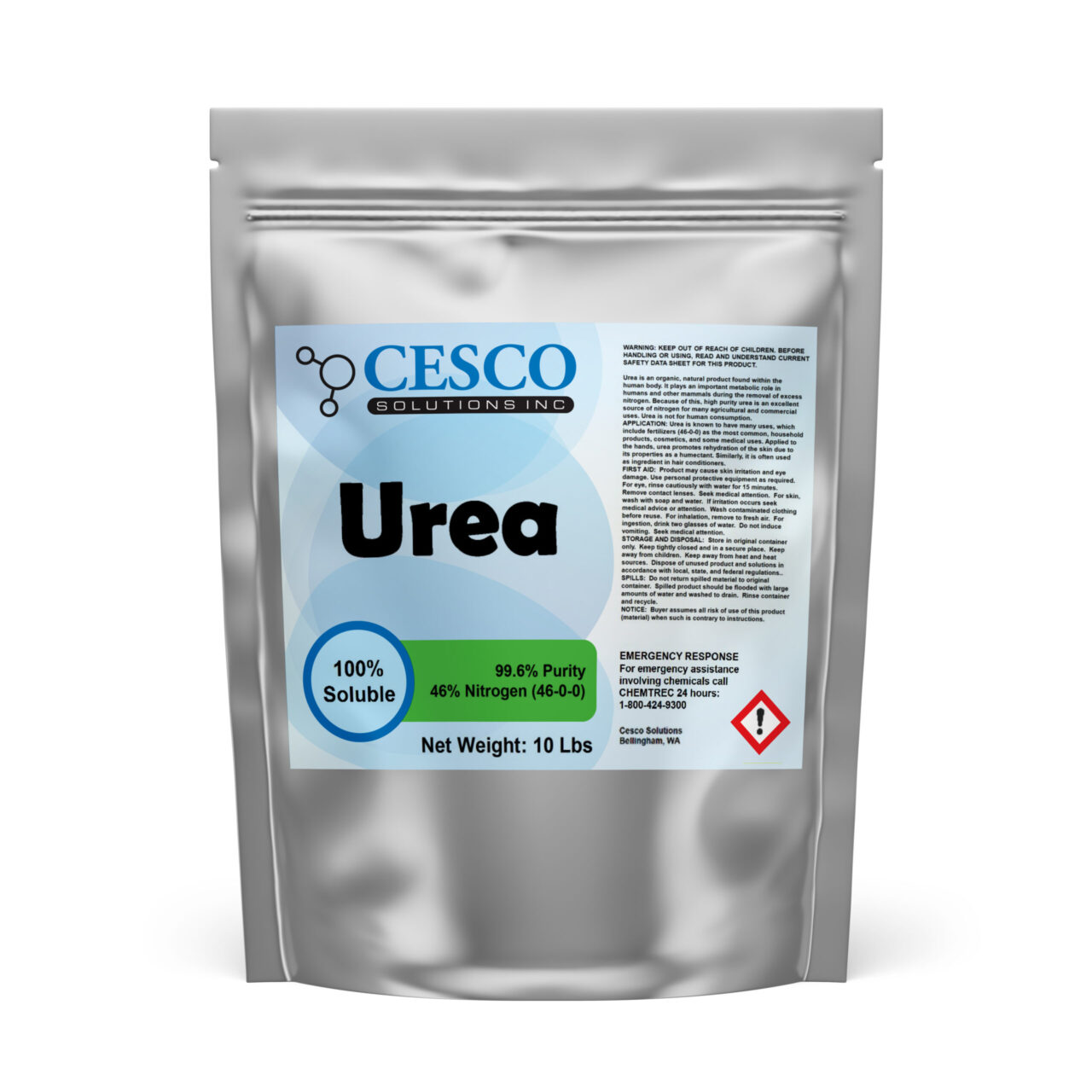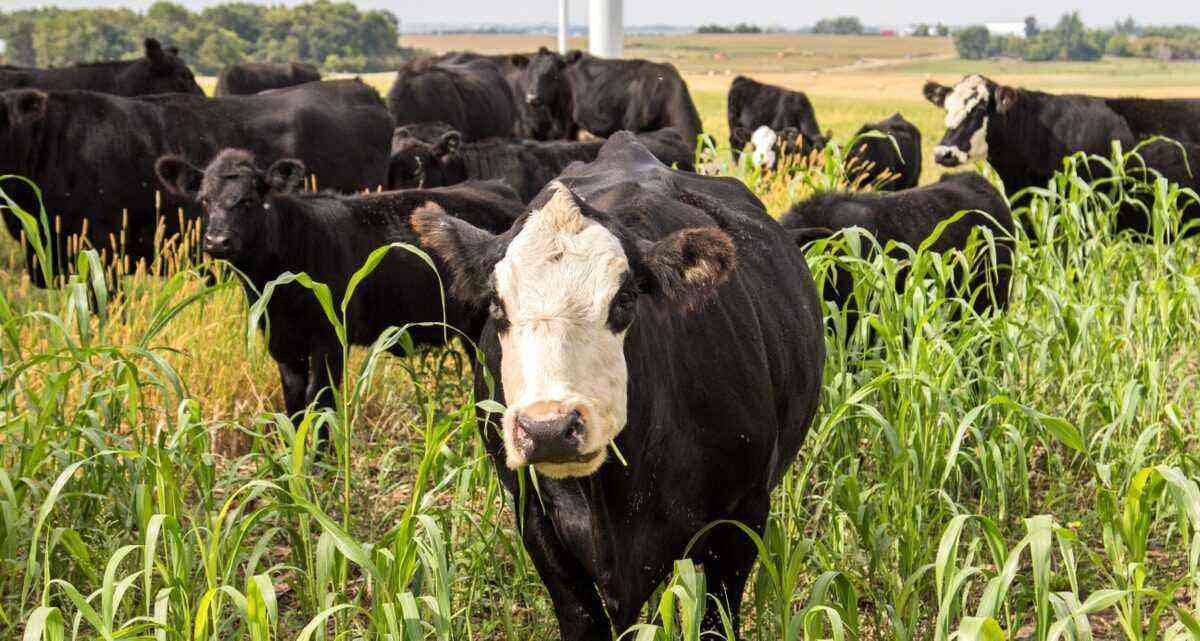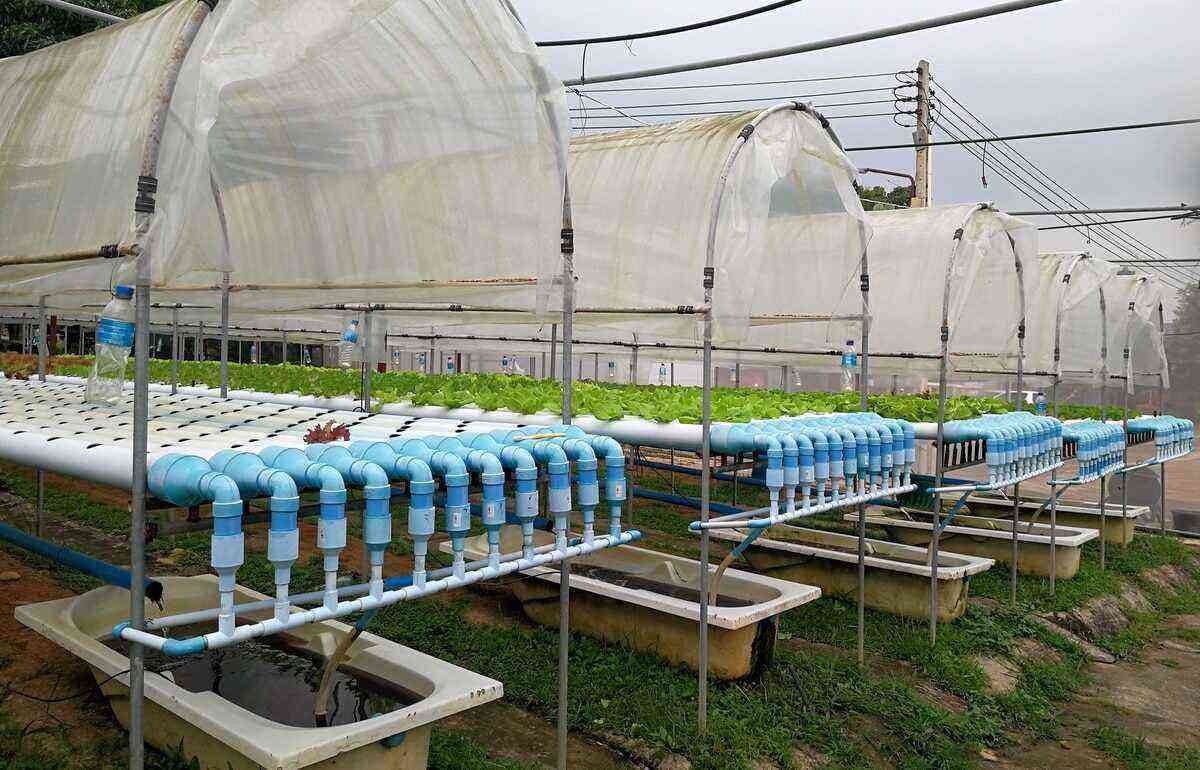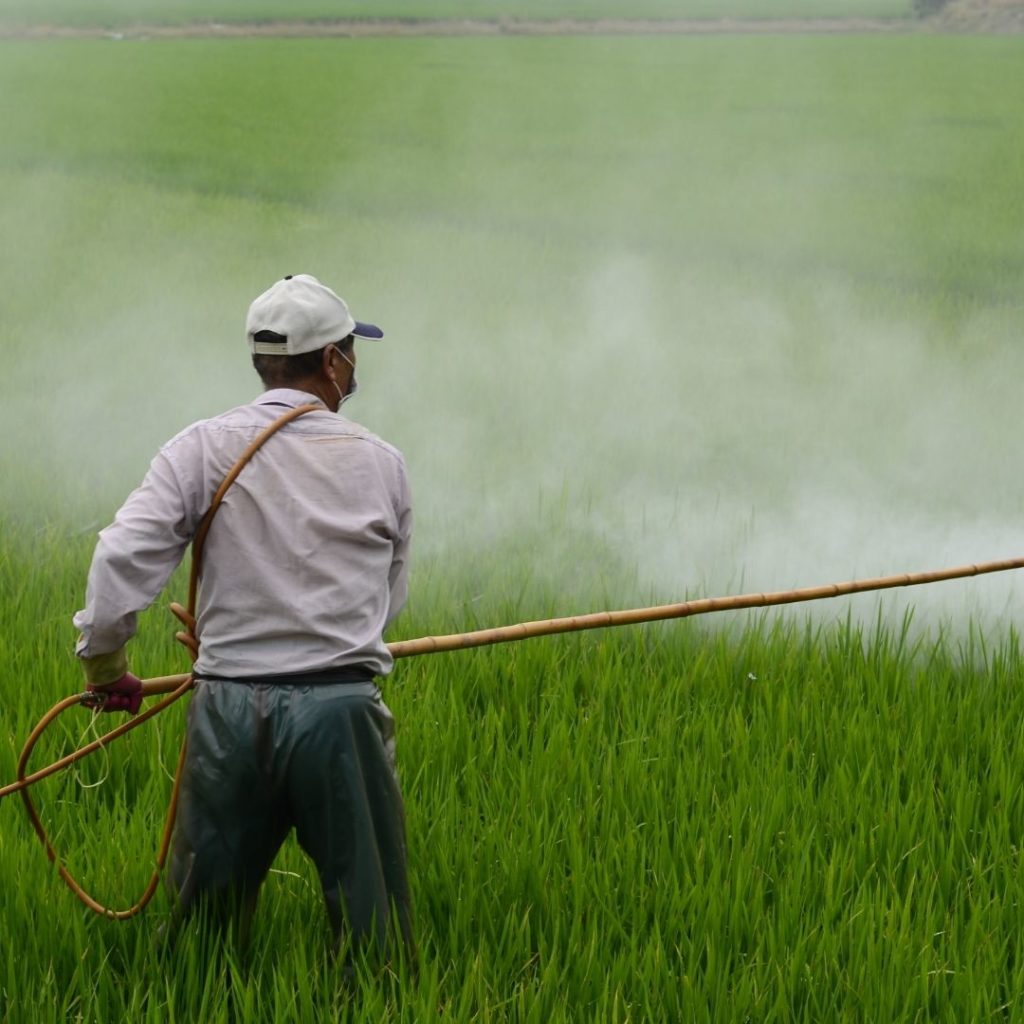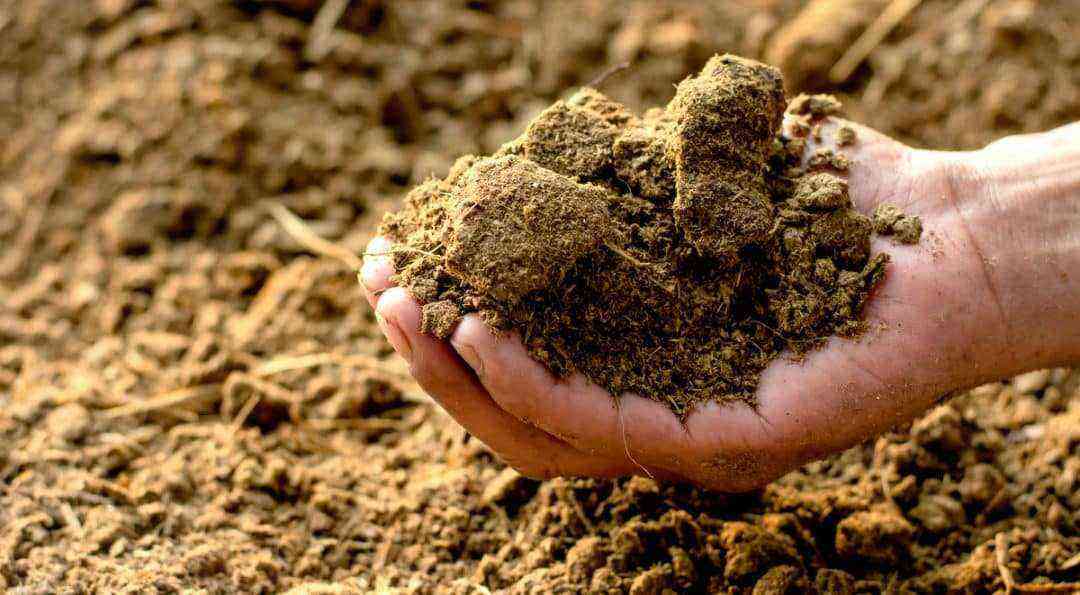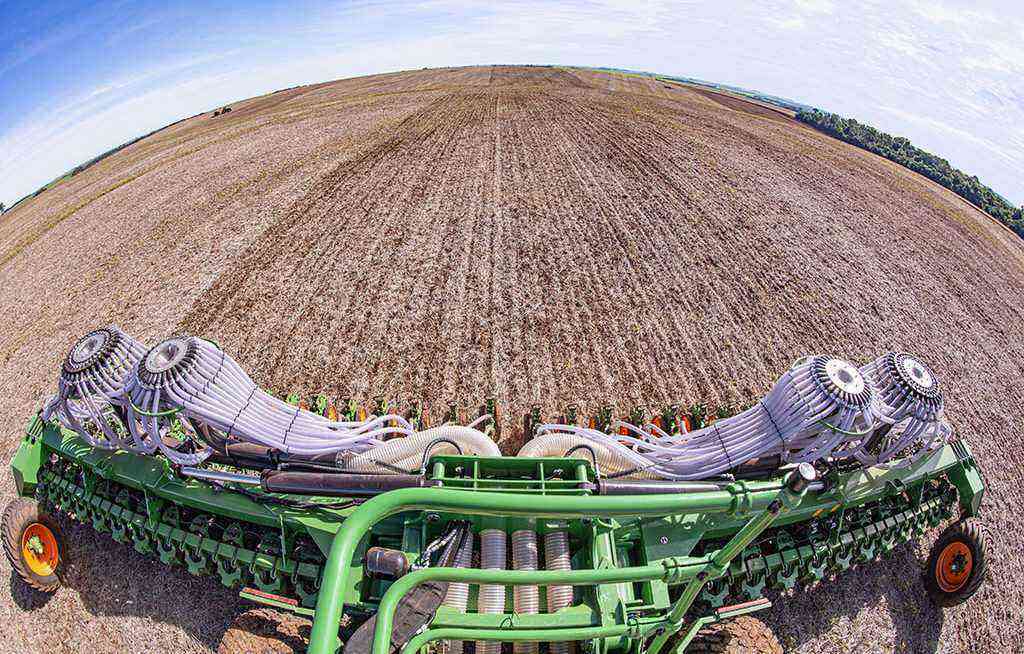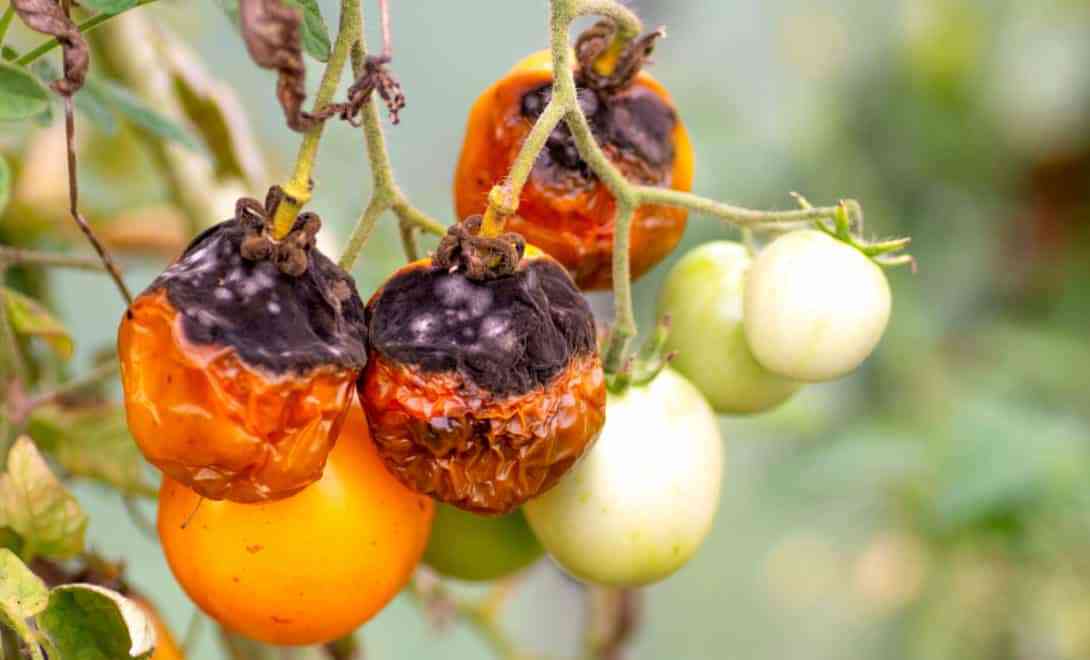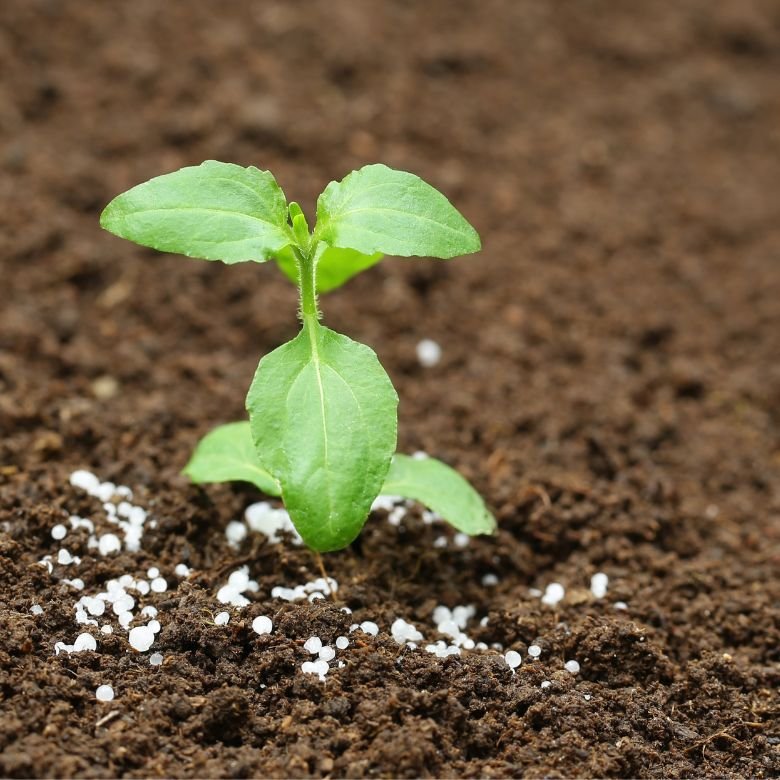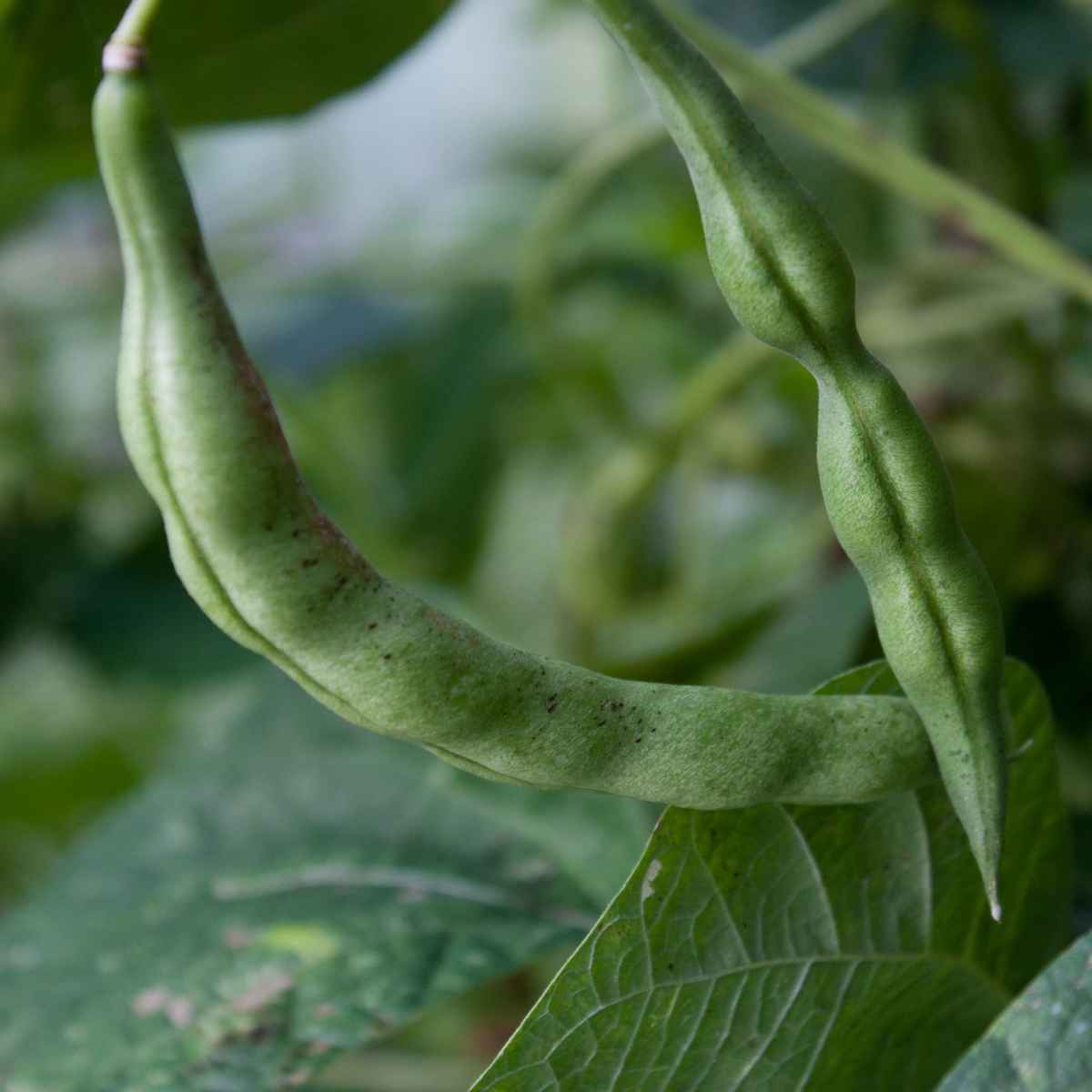One of the main characteristics of Brazil is that it has a lot of biological variety, with a series of animal species, a rich flora and, of course, several types of native fruits. And it is precisely this last quality of national nature that we will talk about in this content.
Brazil has a long list of native fruits, some better known, others a little less. Several of them are even part of the routine menu of many people. Therefore, it is important to know which are the main examples of Brazilian fruits.
Before that, however, we invite the reader to access other articles related to the topic. In addition, get to know our marketplace for selling agro products, browse the products and services that users offer.
Jabuticaba
To start our list of native fruits, we could not miss the tasty jabuticaba, a typical Brazilian fruit that comes from Jabuticabeira. This tree is native to the Atlantic Forest in the country, making it one of the best known among national products.
In its pulp, important components for the body are present, such as iron and vitamin C.
In addition to being extremely consumed as food, jabuticaba also has medicinal advantages, for example, with tea being recommended to help in cases of diarrhea. It is also used to help with inflammation in the body.
Guava
Another native fruit, which comes from a tree of the Myrtaceae family, as well as the jabuticaba, is the guava, also very common in the national menu, both to serve as food, as well as the fruit juice, one of the most requested in restaurants. and bars.
It is also rich in vitamin C and has a number of uses. In addition to those mentioned in the previous paragraph, we can talk about the guava jam. And it’s a great choice for health, since it doesn’t have exaggerated levels of sugar and almost zero amounts of fat, fitting into a healthy lifestyle for those who consume the fruit.
Cocoa
Cocoa is another native Brazilian fruit, coming from the cacao tree. This, in turn, originates from the Amazon River region. In the case of cocoa, however, there is an addition: the difference between the fruit, which is one of the bases of chocolate, and the fruit that comes from the tree.
The cocoa fruit doesn’t have such clear similarities in the taste of chocolate. In fact, it is slightly acidic. Therefore, for those who want to try it, it is important not to create the expectations of tasting something close to the most famous sweet from the cocoa tree product.
Pineapple
Another famous fruit of native origin is the pineapple. In history, it is said that the Indians already planted the fruit on Brazilian soil before the arrival of the Portuguese, as tropical areas are favorable for this type of fruit.
Fruit of the pineapple tree, it has a very specific formation, with the so-called crown at the top. It is an important source of vitamins such as A and B1 and is part of many types of food:
– Juices;
– Candy;
– Ice cream;
– Slices of the fruit itself;
– Etc.
Cashew
Cashew is a native fruit rich in vitamin C and iron and helps protect immune cells from free radical damage.
In addition to being consumed naturally, cashew can be used in the preparation of juices, honey, sweets, raisins, ice cream, liqueurs. Cashew juice is industrialized and very popular throughout the country.
The chestnut, after being roasted, is used as a snack and in the composition of sweets and chocolates, being exported to almost everyone. The green chestnut is used in hot dishes.
Passion fruit
To close the list, we have passion fruit, another native fruit. Known for its calming properties, which in fact act as sedatives, analgesics and tranquilizers, it comes from the passion fruit tree and the fruit is better known for the juice and sweets made from it, than for the consumption of the product itself.
Passion fruit is rich in vitamins A, B and C and, in addition to food, it is also used in the form of oil in a series of aesthetic and health procedures.
These are five of the main Brazilian native fruits. There are countless examples and several others can be cited, such as:
– Coconut from Bahia;
– Pitanga;
– Cambuci;
– Guabiroba;
– Among others…
Did you like this content? So, access more on our fruit growing page

